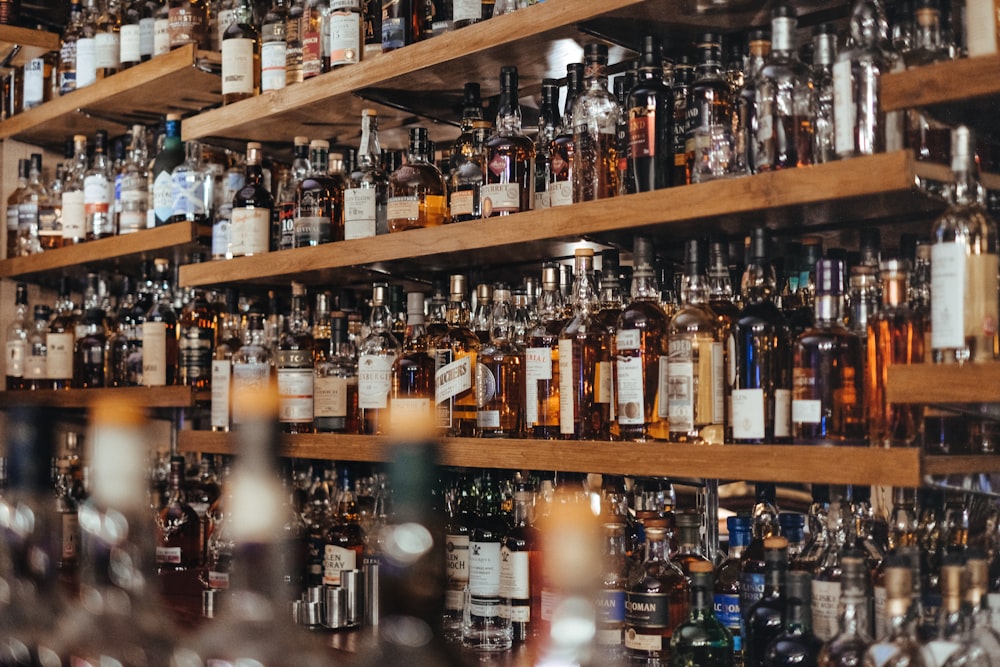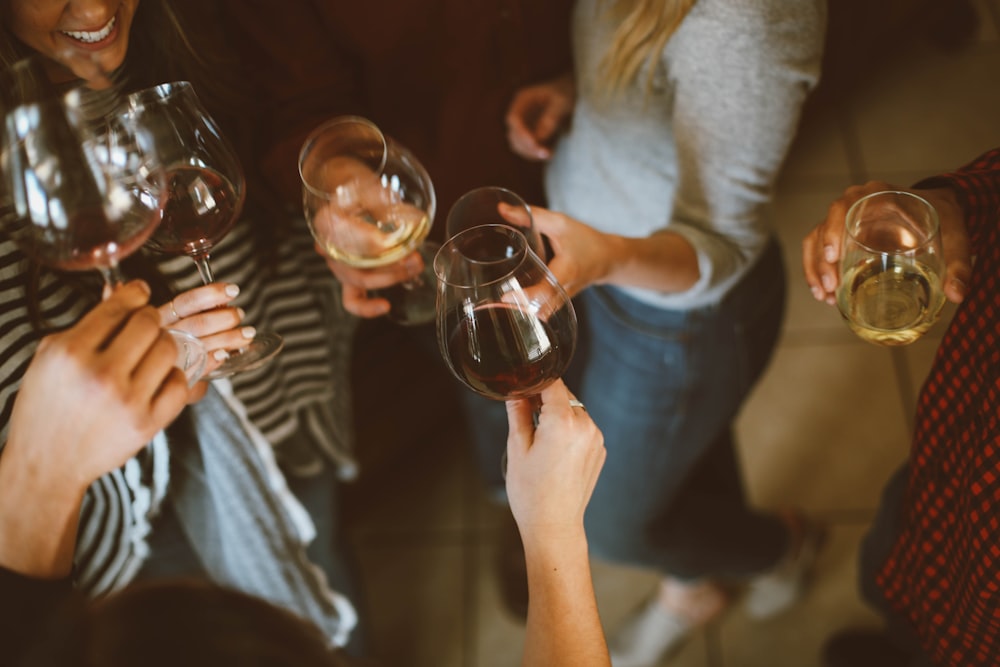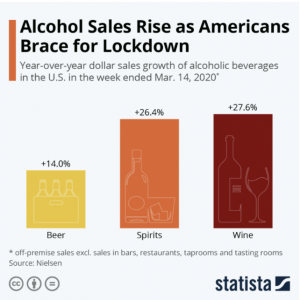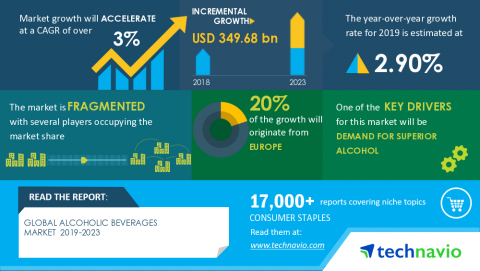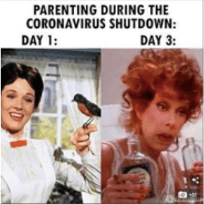COVID-19 has brought many new changes in people’s lives. There is lot of uncertainty associated with this pandemic as many cases are increasing worldwide. Many people are losing jobs, there is lot of economic-uncertainty, social-distancing is causing many people to be lonely as they stay at home with gripping fear in their hearts. This is causing lot of anxiety and fear all around the world.
What are the Reasons associated with increase intake of alcohol in women during pandemic?
Some of the reasons associated with increase intake of alcohol in during pandemic are:
According to a report there was a 50 % increase in alcohol sales and home delivery of alcohol also drastically increased about 300 % in March when compared to January 2020. People were stocking beforehand for social distancing. A report suggests that women are using alcohol to treat their stress, worries, fears, anxiety, and depression. Stress and anxiety are usually caused when they are locked in the house due to self-isolation, helping kids to finish up their school assignments, stress of loneliness, stress about job layoffs, stress with their newborn child, or fear of sleepless nights.
Source:https://sites.gsu.edu/whyshedrinks/2019/06/21/i-promise-not-to-drunk-dial-you-alcohol-you-later/
Especially, with ongoing threat of coronavirus, women feel worried, anxious, and stressed for themselves or their loved ones. It is human nature that we all worry that something may happen to us. And when faced with unknown situations and circumstances we go through fear and doubts which may lead to self-medication. And some women choose alcohol as self-medication to calm their anxieties.
According to the research, single mothers tend to drink more alcohol. Raising a child alone has greater responsibility and can be very exhaustive. It can be extremely challenging for a single parent to give their child the best life. Majority of single mothers face financial stress such as financial independence to pay rent, water bills, electricity, health care, food cost, transport or car registration, and school fees. These can trigger significant anxiety and stress among single mothers. Some single mothers think that the alcohol is the only way out to cope with the situations. Also, the research suggest more single mothers are relying on alcohol to be content.
Social influences can also play a significant factor in women’s likelihood of drinking alcohol.
Source: https://www.verywellfamily.com/alcohol-breastfeeding-and-breast-milk-supply-431837
For example, a social setting such as parties or friends’ gatherings, where alcohol is widely used and encouraged, women are more likely to participate in drinking alcohol. Friends can be a big influence on drinking alcohol. If a friend is alcoholic, then it is more likely that they will influence others to do the same.
Due to the social distancing it has become highly impossible for people to meet at the bars to socialize and drink. Other means of socializing these days is through social network. People are using social network as way of expressing and communicating with each other.
 Source: https://www.pinterest.com/pin/416301559281337304/
Source: https://www.pinterest.com/pin/416301559281337304/
Memes like these are widely spreading over the internet to encourage people in consumption of alcohol. There is a high possibility that memes are convincing women to consume alcohol during the COVID-19.
References:
Abbey, A., Smith, M. J., & Scott, R. O. (1993). The relationship between reasons for drinking alcohol and alcohol consumption: An interactional approach. Addictive behaviors, 18(6), 659.
“Stress Drinking: Alcohol Consumption Increases During COVID-19.” University of Utah Health, healthcare.utah.edu/the-scope/shows.php?shows=0_p0xim6x3.
“Pin by T. Dubs on Memes – Alcohol: Alcoholic Drinks, Neon Signs.” Pinterest, www.pinterest.com/pin/416301559281337304/.
“Coronavirus (COVID-19) & Alcoholism.” Alcohol.org, www.alcohol.org/resources/coronavirus-and-alcoholism/.
“Single Parents and Substance Abuse.” Drug and Alcohol Rehab Information and Resources – Alcohol Rehab, 25 Apr. 2019, alcoholrehab.com/drug-addiction/single-parents-and-substance-abuse/.
“Alcoholism And It’s Effects On Single Mothers.” Gatehouse Treatment, 1 May 2020, www.gatehousetreatment.com/single-mothers-womens-alcohol-addiction/.









